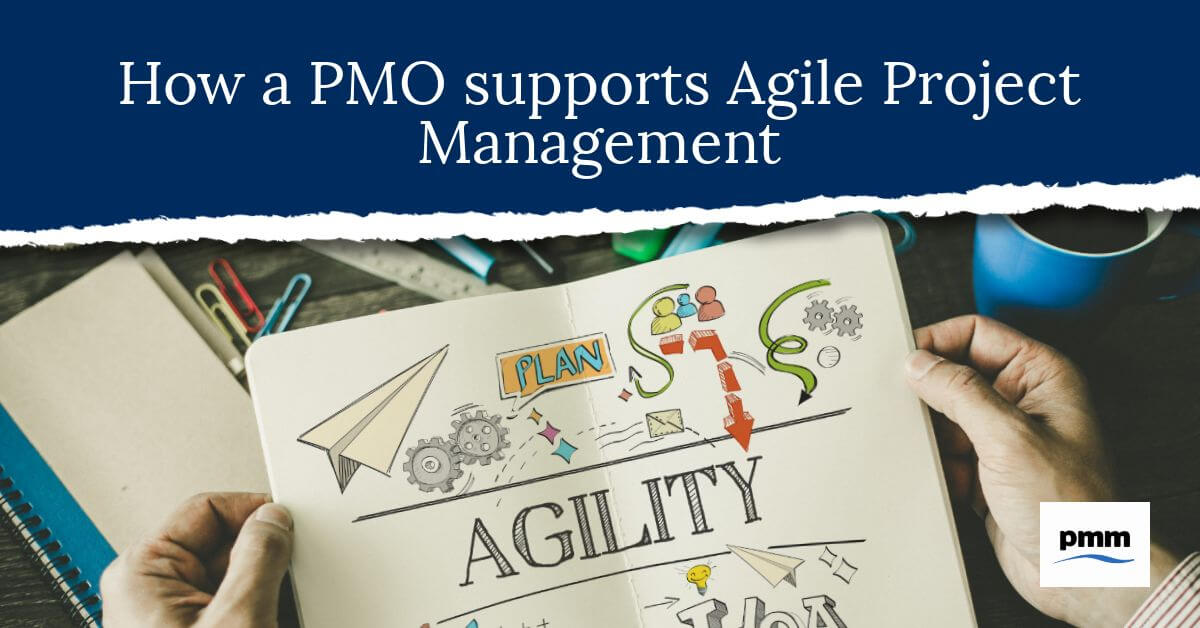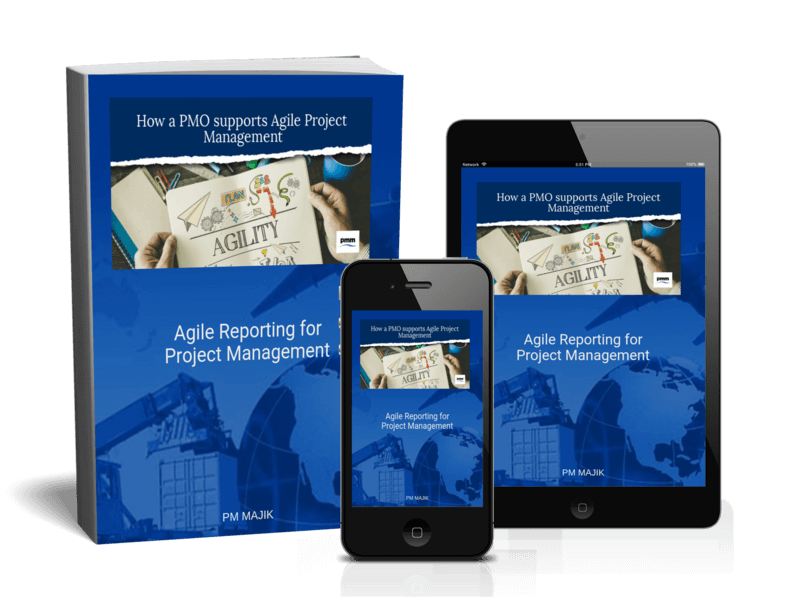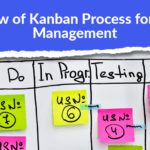The Project Management Office (PMO) exists within organisations to define and maintain project management standards.
The traditional practices of a PMO however are incompatible with Agile, and so they have been forced to change their approach, sometimes even adopting agile and lean processes within their own area of work. If there is a disconnect between the PMO and the project premises, then significant issues can occur.
When adopting Agile, many PMO’s opt to rename themselves to better reflect their role. Although there is no one, defined name, options may include Scrum Centre of Excellence, Development Support, Scrum Office or Scrum Competence Centre.
The Agile PMO
Fundamentally, the objective of the PMO is to maximise value with minimum risk, whilst responding rapidly to the businesses changing needs.
The Agile PMO work according to three key principles.
- Maximising value by continuously prioritising work based upon up-to-date measures of risk, time sensitivity and value for money.
- Minimising risk and providing strong governance by making work visible, combining the right mix of people and making quick decisions.
- Breaking large projects down into smaller pieces that can be delivered more frequently, allowing the organisation to respond more quickly and effectively to changing business needs.
PMO Responsibilities
The PMO assists in numerous project and process related activities.
Project Responsibilities
Reporting
Projects within large organisations are generally subject to a report or a weekly status meeting with the Head of Department. Meetings will be attended by the Product Owner or Scrum Master, however, if a report is sufficient then the PMO can assist in compiling this.
Compliance
It is likely that projects undertaken will need to comply with compliance standards, such as ISO 9001, or with rules specific to the organisation, such as GDPR. The PMO office should ensure that the project team is aware of and advises on how to comply with compliance needs.
Managing New Project Intake
Perhaps the most important responsibility of the PMO us to manage the flow of new projects coming into the organisation.
If work starts to exceed capacity, then a whole host of problems will occur. Once a project has been completed then a new project, of the same size, can be started.
Process Responsibilities
Establish and Collect Metrics
As with traditional project management methods, the PMO should collect metrics to identify how effective the team is in delivering value.
Reduce Waste
One of the key purposes of Agile is to reduce waste, and the PMO play a major role in this. Non-essential documents, meetings and approvals should be avoided, and the PMO should help the project team to identify any activities that do not add value.
Establish and Support Communities of Practice
Communities of practice are a great way to spread best practice throughout the team and organisation. The PMO should encourage the formation of communities and continue to support them as they grow.
Create Consistency
Creating and enforcing consistency across project teams ensures that good practice spreads quickly. When most, or all teams agree that a particular process is effective then the PMO can facilitate the spread of that idea using communities of practice and shared coaches.
Coordination of Teams
As the PMO works with teams across the organisation, they have the ability to recognise when separate teams start to overlap and are able to alert them to this.
Lead by Example
PMO’s have extensive exposure to Scrum, and as such, often recognise that it is a valuable general-purpose framework. Implementing it to run the PMO gives them working knowledge of the processes and ensures that they practice what they preach.
Work Cooperatively
In addition to working with project teams, the PMO will also work with other departments within the organisation, such as Facilities or Human Resources.
They can help to solve problems involving teams split across floors or buildings and the employee annual review process.
The PMO office is central to delivering a successful project. In supporting Agile projects, the PMO must ensure that they work in a more collaborative role, rather than the traditional command and control, top-down style.
Resource Download
A copy of this article is available as a convinient PDF download. You can get instant access to your copy by clicking >>Agile Reporting for Project Management Download<<.







